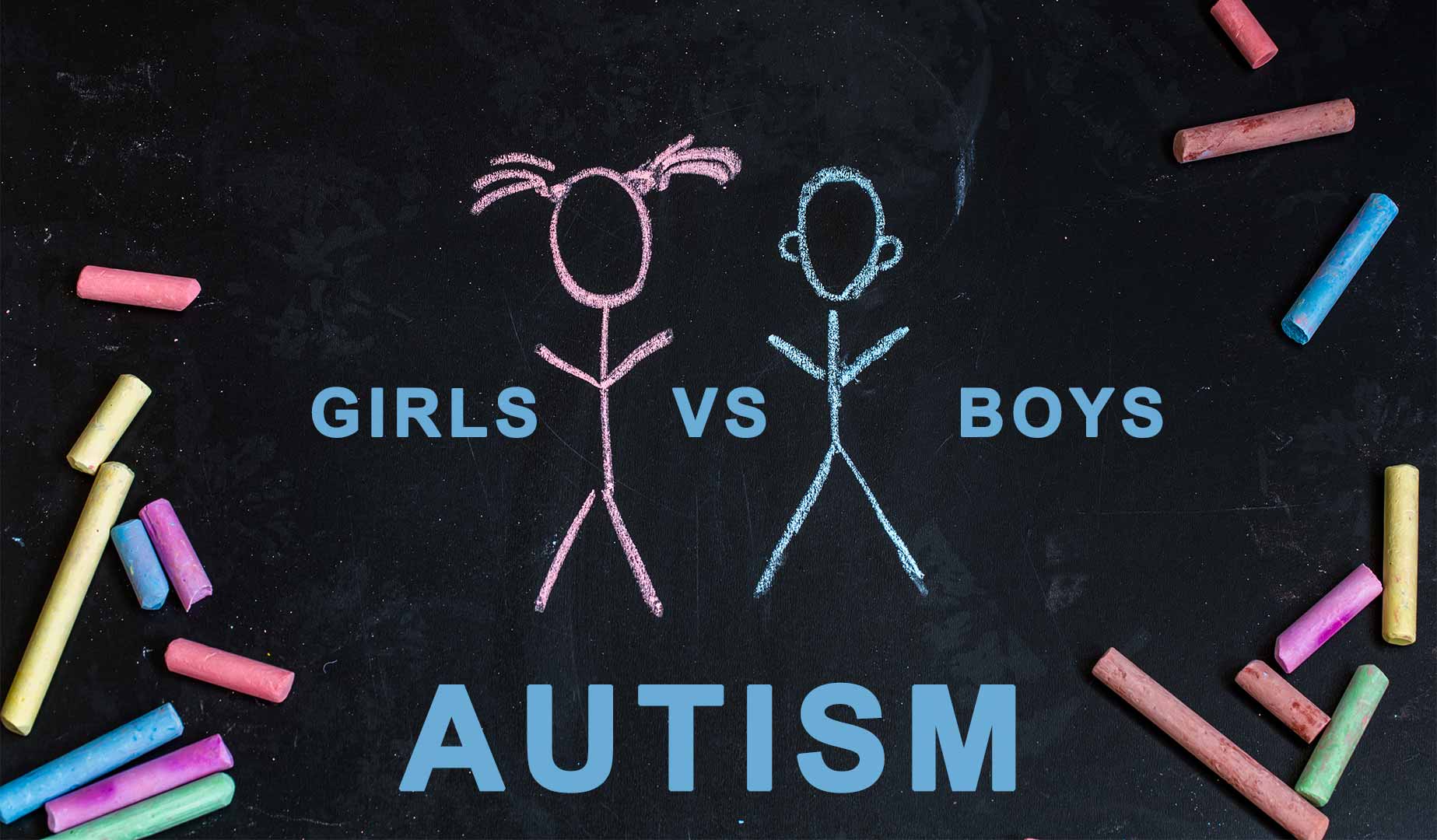Autism Spectrum Disorder (ASD) can manifest differently in girls compared to boys, which can make it more challenging to recognize the condition. While the current diagnostic criteria suggest a 4:1 male-to-female ratio, recent research indicates this discrepancy likely reflects both underdiagnosis and a nuanced expression of symptoms in females.
Differences in Presentation:
- Social Communication: Both genders experience challenges with social interaction, but girls may appear less disruptive and better at mimicking social cues. They may present with internal struggles like anxiety or depression stemming from the effort to mask autistic traits.
- Restricted Interests and Repetitive Behaviors: Boys tend towards systemizing interests like trains or dinosaurs, while girls may gravitate towards more social-emotional interests like animals or characters. Both may engage in repetitive behaviors, but girls may choose less noticeable behaviors like hand flapping or hair twirling.
- Sensory Processing: Sensory sensitivities are common in both genders, but girls may be more prone to oversensitivity to sounds, textures, or clothing tags. Boys may display more overt behaviors like flapping, rocking, or avoiding certain textures.
Underdiagnosis and Misdiagnosis:
The diagnostic criteria and tools for ASD were historically developed based primarily on male presentations. This can lead to girls being overlooked or misdiagnosed with conditions like anxiety or depression. Additionally, girls often develop stronger coping mechanisms and social masking skills, further hindering early identification.
Implications for Support and Intervention:
Recognizing these differences is crucial for ensuring access to appropriate support and intervention. Girls with ASD may benefit from tailored approaches that address their internalized struggles, social masking tendencies, and specific sensory sensitivities. Early diagnosis and intervention, regardless of gender, can significantly improve outcomes and quality of life.
Moving Forward:
- Research: Continued research is needed to understand the neurobiological basis of sex differences in ASD and refine diagnostic tools to accurately identify the condition in females.
- Professional Training: Healthcare professionals should be trained on the varied presentations of ASD in girls to improve identification and diagnosis.
- Awareness and Education: Public awareness campaigns should highlight the potential for underdiagnosis in girls and promote understanding of diverse autism experiences.
By acknowledging the complexities of sex differences in ASD, we can move towards a more inclusive and accurate understanding of this spectrum disorder. This fosters earlier identification, appropriate support, and ultimately, a brighter future for all individuals on the autism spectrum, regardless of gender.





Leave A Comment